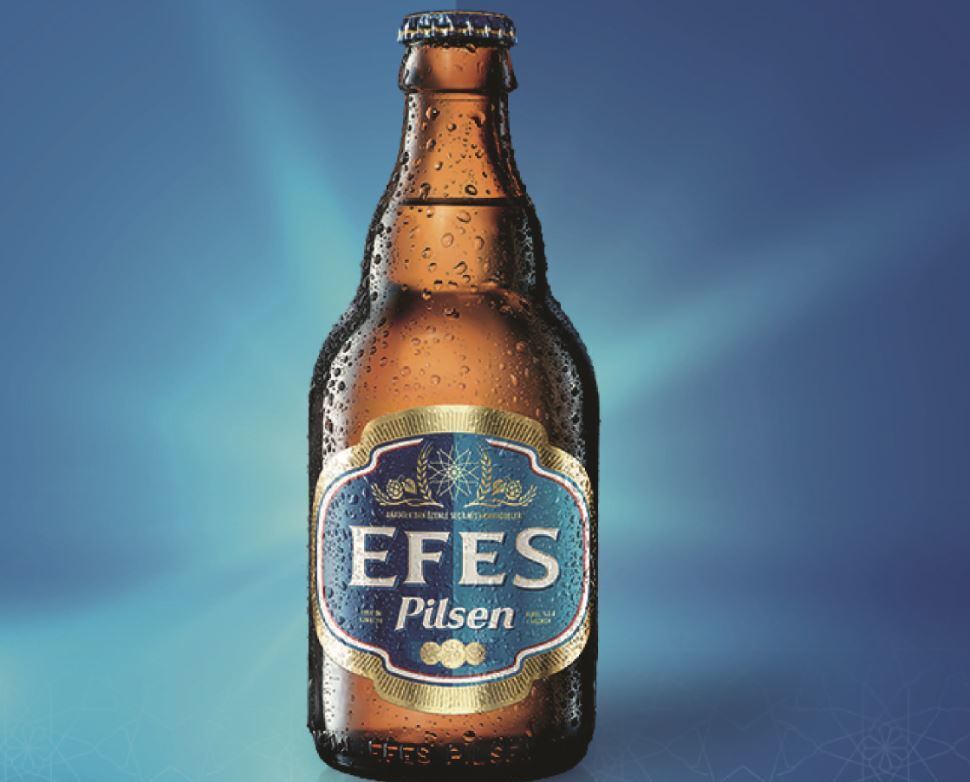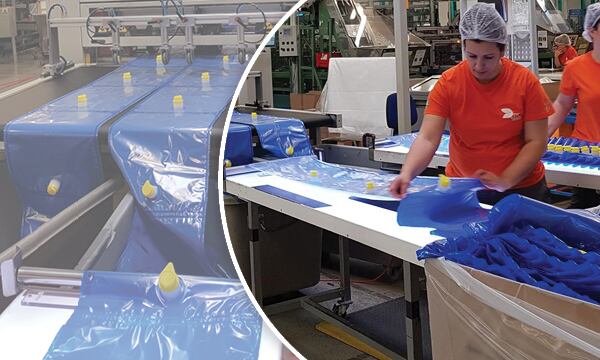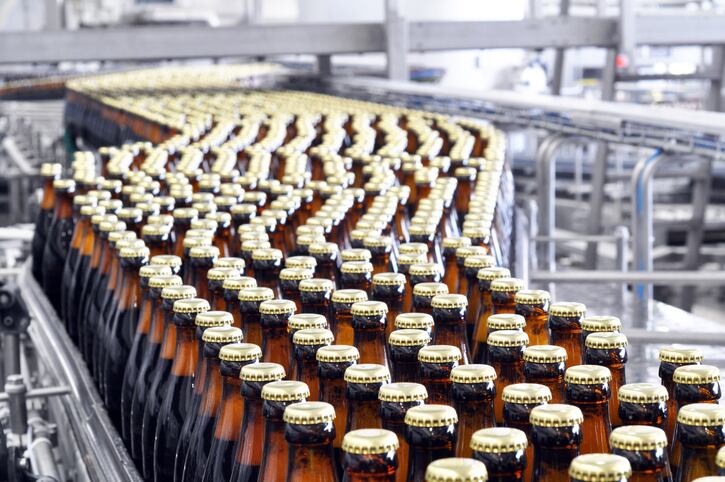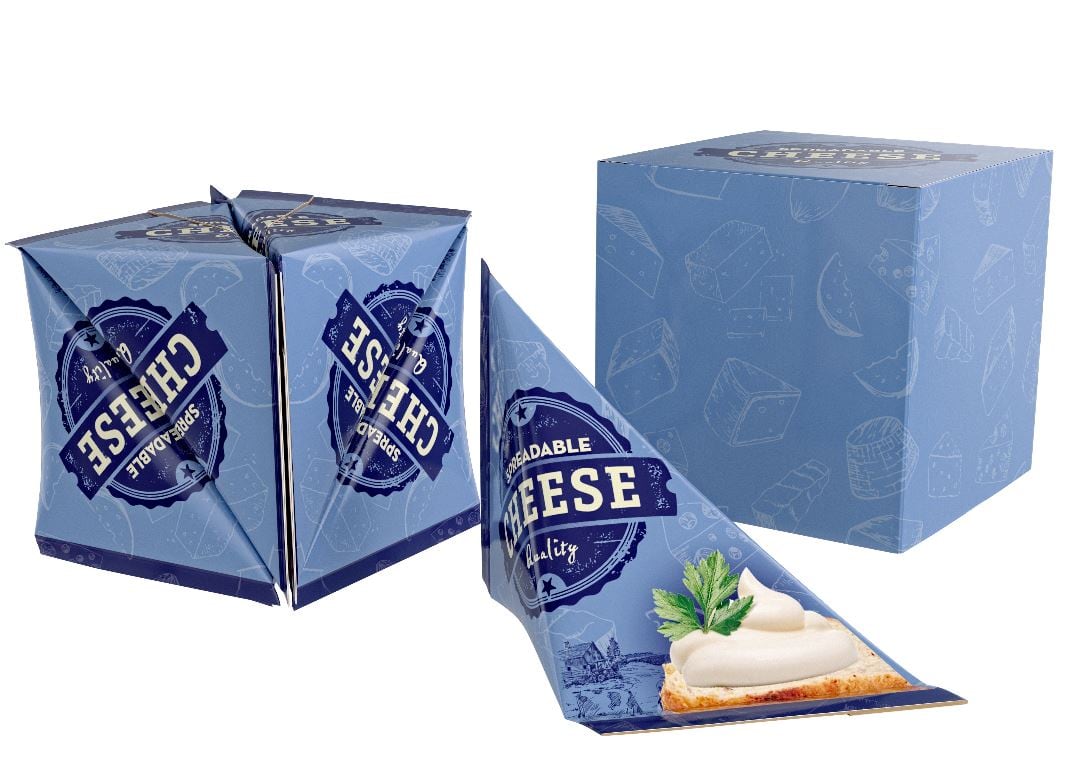The company also recently picked up a 2019 DBA Design Effectiveness Award for its work on Turkey’s Bomonti Beer.
Here BeverageDaily speaks to Troy Wade, co-founder, Brown&Co to ask him what are the top three common mistakes beer brands make in their packaging:
1. Discarding heritage in an attempt to be hip
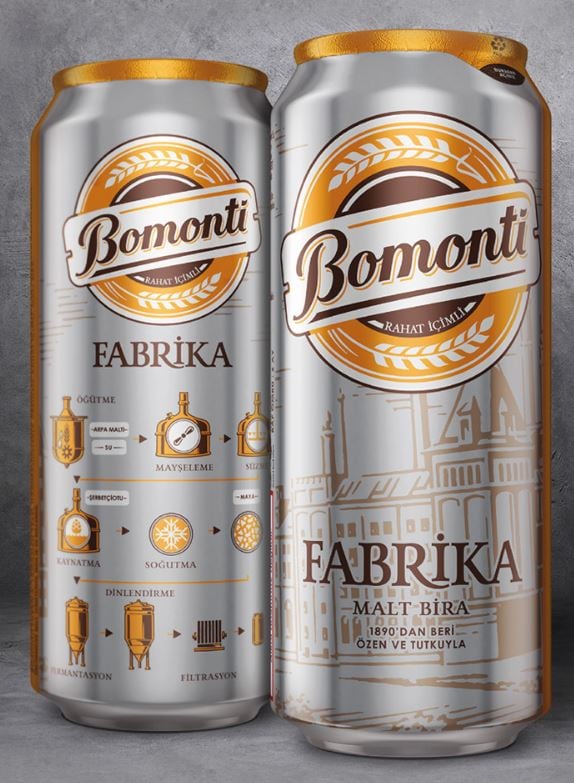
The temptation, when packaging for younger drinkers, is to eliminate anything that feels old. However, of all consumers, millennials are actually the most likely to seek brands with an authentic back-story, and if they detect even the slightest hint you’re trying to be trendy for their business, they’ll scarper.
On the other hand, heritage cues on-pack that communicate a credible provenance or craft story (if they exist and are genuine) are gold dust.
Quite recently, Turkey’s beer brand, Efes, removed all on-pack expressions of heritage in order to woo younger consumers. Then, shortly afterwards, we were tasked with reversing the process – in fact, going back several iterations to a 1965 Efes pack as our foundation.
Similarly, Brown&co co-founder Dave Brown oversaw one of the industry’s most successful re-launches, convincing Peroni not to sacrifice its heritage on pack, but rather to contemporise the brand’s comms. A beer’s packaging anchors the brand amid the myriad themes in advertising – and authentic heritage can really help.
2. Misunderstanding packaging’s role in the marketing mix
Packaging is the physical manifestation of an emotional decision elicited mainly by ATL (Above The Line) communications, yet its supporting role in securing drinkers is often miscast.
Packaging is not the place for complex or potentially confusing emotional messages; it’s where consumers should simply be reminded of those messages, and where a brand communicates any functional product features or benefits.
In short, packaging must form the bridge between the brand impressions you’ve created, and actual product delivery.
3. Saying ‘beer isn’t just beer’, in the wrong places
In the sense that it has so many associations and befits so many occasions, beer isn’t just beer. It’s about watching sports together, or cooling down while clubbing, or even – like wine – offering a ritual of taste ‘notes’ to accompany certain foods.
As far as packaging is concerned, though, beer (in most instances) should rather convey its all-inclusive simplicity. As Byron Sharp points out in How Brands Grow, “Successful brands are the ones with universal appeal and the biggest customer base. Niche branding is not an effective growth strategy.”
Also, by continually trying to make beer into something ‘more’, we can actually dilute its single biggest strength as the ‘great unpretentious leveller’.
Beer is just beer – to whoever has it in their hand, and for whatever reason. It’s a simple product, but one that requires a complex understanding of consumers and the category in order to get the packaging just right.
“At a time when women are so strongly featured in everything from films to politics to music, and with more women drinking beer than ever before, it is surprising that beer brands specifically aimed at women have only ever failed. The fact is women still prefer their beer to be ‘masculine’,” said Wade.
“We asked a cheese expert recently how well beer goes with his products. He replied: “Food generally goes far better with beer than wine”. Why is it that wine owns the food spotlight, if its product is inferior as an accompaniment? Could it have something to do with provenance, or packaging format, or branding?
“Most craft beers are all over the place branding-wise: they don’t stand for anything clear and meaningful as brands, but rather spend much time thinking about how they look and sound (with no substance behind it). Having a strong brand means a craft beer can grow by sticking to its authentic essence or purpose – remaining relevant, regardless of size. It’s Brewdog vs Meantime, and what lessons can the big brands learn from this too.”

